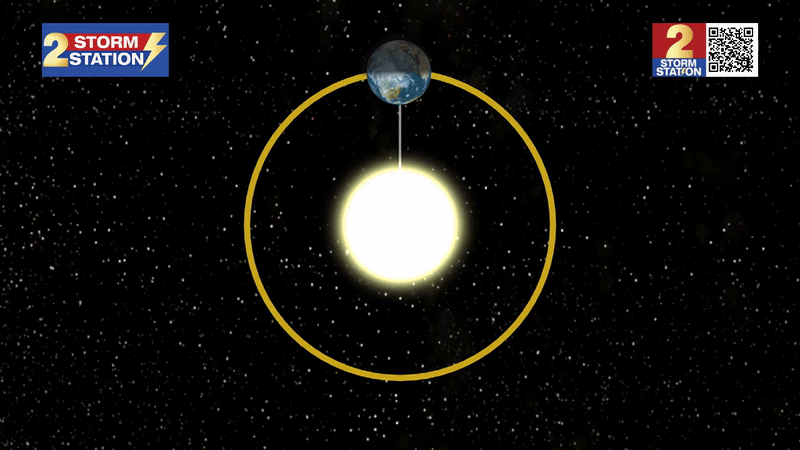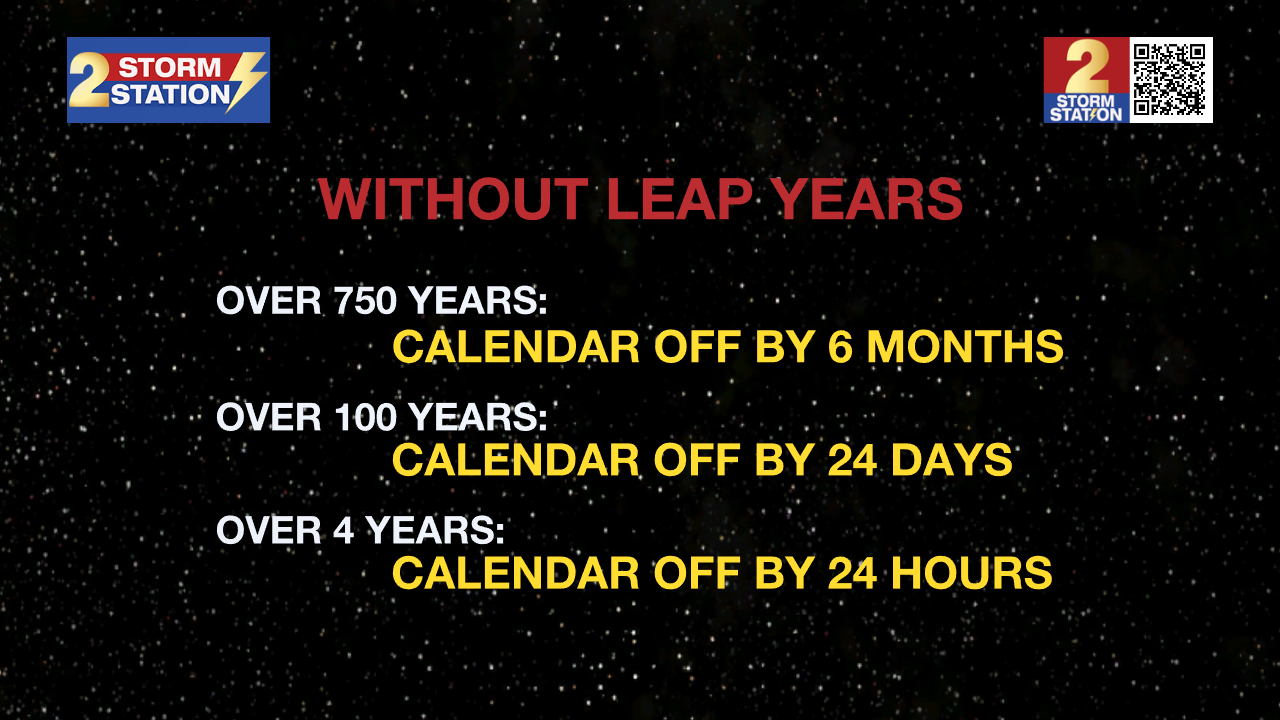The science behind leap days: what would happen if they didn't exist
Related Story
This year, we find an extra date on our calendars – February 29. Although we tack on another day to winter, the added leap day ensures we don’t see winter shifting around on the calendar.
We define one year as 365 days. This is almost consistent with the time it takes for the Earth to make one complete orbit around the Sun. The difference between the two is about a quarter of a day, or six hours.

At face value, it doesn't seem like a huge deal. But if we multiply that discrepancy over four years, our calendars would then be one day off. To account for this difference, we add a leap day every four years.
What if we didn’t have leap years? Over 100 years, the seasons would shift by 24 days. Over 750 years, that shift is closer to six months. In that case, we’d see our coldest winter nights in July.

Even with the standard leap day adjustment, it’s not perfect. We would still find an 11 minute and 14 second difference on average between our calendar year and the Earth’s orbit. For this reason, we have a few exceptions. If a year coincides with the turn of a century and is not divisible by 400, it does not become a leap year. For instance, 2000 was a leap year, but 1700, 1800, and 1900 were not.
With this correction, we only see a one-day shift in the seasons every 3,333 years.


